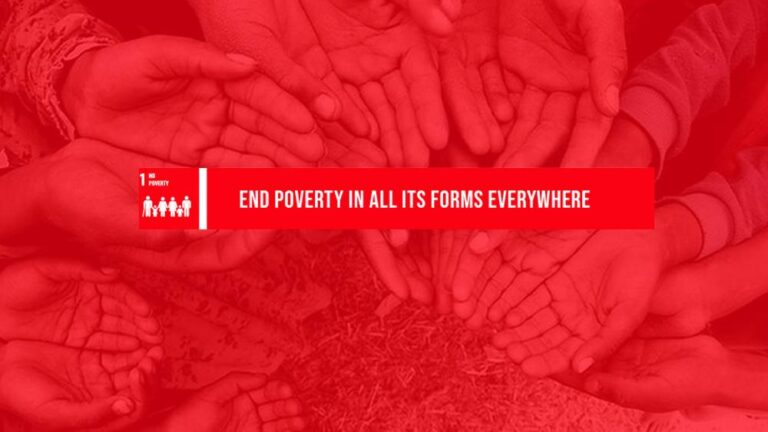According to a discussion paper by the NITI Aayog with an estimated 248.2 million people moving out of multidimensional poverty between 2013-14 and 2022-23, India likely achieved a key Sustainable Development Goal (SDG) of halving the scourge, seven years ahead of the United Nation’s target of 2030. The SDGs adopted by the United Nations in 2015 have set an explicit target (1.2) of halving multidimensional poverty by 2030.
Based on the interpolation of the multidimensional poverty index (MPI) estimates between 2005-06 and 2015-16, the headcount ratio for the year 2013-14 comes to 29.17%. Similarly, the proportion of multidimensional poverty for the year 2022-23 is projected to be 11.28% based on the trend rate of 10.66% decline per year between 2015-16 and 2019-21, the think tank noted.
“With this, India is much ahead of the target of reducing poverty in all its dimensions by half, by the year 2030,” according to the paper written by NITI Aayog Member Ramesh Chand and Senior Adviser Yogesh Suri with technical inputs from UNDP and Offord Policy and Human Development Initiative.
MPI recognises that simple headcount ratios or poverty rates don’t provide adequate insights into the depth of poverty. The ratios/rates may reduce but the poorest may suffer graver deprivations or get even poorer. Besides, MPI outcomes provide insights into the distribution of poverty within a country (at state and district levels, for instance), and quantify the contribution of each indicator to MPI poverty. The capturing of MPI poor at disaggregated population groups facilitates targeted policy response. Multidimensional poverty is measured by improvement in health, education, and standard of living.
“The government has a goal that MPI should go below 1%. When the government releases the Vision Document (to make India a developed nation by 2047), you will get to know (the timeline),” NITI CEO B.V.R. Subrahmanyam said. The Vision Document could be unveiled by Prime Minister by the end of this month.
The paper also shows that the pace of decline in poverty headcount ratio using the exponential method was much faster between 2015-16 to 2019-21 (10.66% annual rate of decline) compared to the period 2005-06 to 2015-16 (7.69% annual rate of decline).
The recent report on National MPI was based on National Family Health Surveys 4 (2015-16) and 5 (2019-21). Owing to a lack of data for the years between 2005-06 and 2015-16 and after 2019-21 concerning the incidence of poverty levels, headcount poverty ratios for 2013-14 and 2022-23 have been estimated based on the compound growth rate of the reduction in the incidence of poverty levels between 2005-06 and 2015-16 and 2015-16 and 2019-21 respectively.
(With inputs from PTI)















